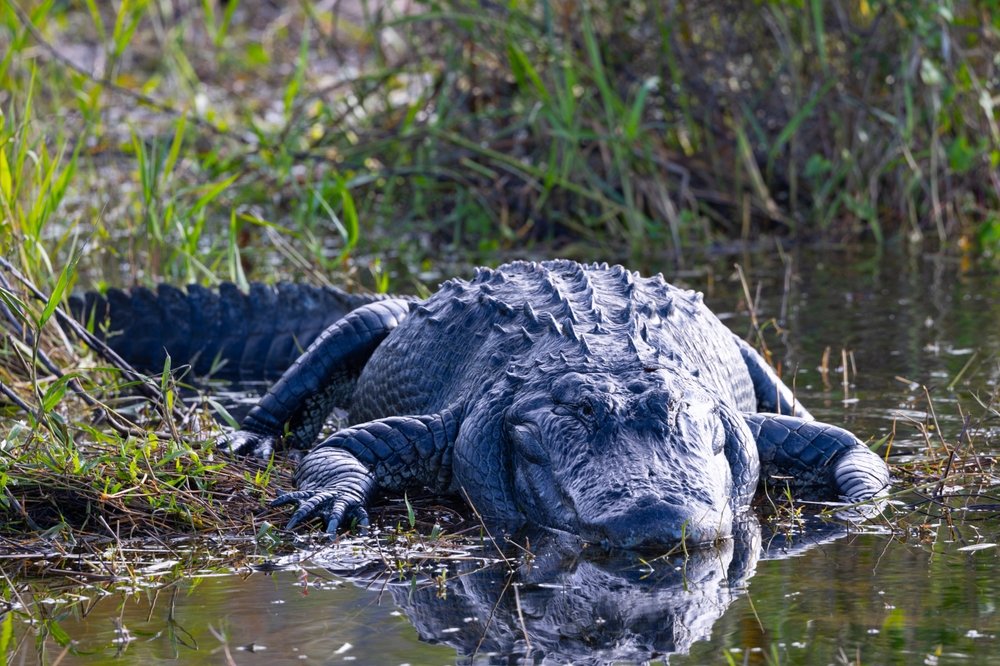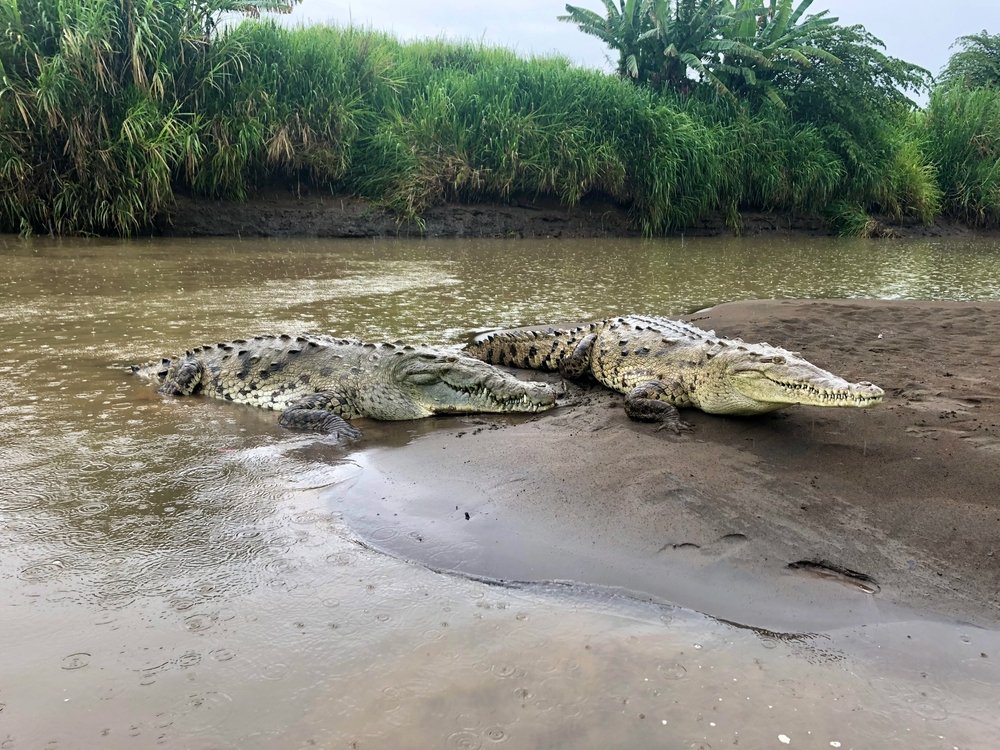Have you ever wondered Population Of American Crocodile Worldwide? While exact numbers are challenging to determine, recent estimates suggest that there are approximately 2,000 to 3,000 American crocodiles left in the wild. These figures emphasize the importance of protecting and preserving their habitats to ensure their long-term survival. Understanding the population dynamics of American crocodiles is essential for conservation efforts.
The American crocodile (Crocodylus acutus) is a fascinating and iconic species that inhabits the wetlands of the Americas. These magnificent creatures play a crucial role in maintaining the ecological balance of their habitats. However, like many other species, American crocodiles face numerous challenges that threaten their survival.
Table of Contents
Threats to their Survival
American crocodiles face several threats that jeopardize their survival. Habitat loss due to urbanization and coastal development is a significant concern. Pollution, climate change, and sea-level rise also pose significant challenges to their fragile ecosystems.
Additionally, interactions with humans, including illegal hunting and accidental entanglement in fishing gear, further impact their populations. Understanding and addressing these threats are crucial for the long-term survival of American crocodiles.
Habitat and Distribution

American crocodiles are primarily found in the southern regions of the United States, including Florida, Texas, and Louisiana, as well as in several countries in Central and South America.
They inhabit a variety of coastal and freshwater habitats, including mangroves, estuaries, rivers, and lagoons. Protecting and preserving these habitats is essential for maintaining healthy and viable American crocodile populations.
The American crocodile is the most common of the four kinds of crocodiles that still live in the world. They can live in saltwater, which is why they have been able to colonise many islands in the Caribbean and some coastal Pacific islands as well. They live in freshwater lakes, salt lakes, mangrove swamps, and river mouths.
They can also be found at sea, which is why they are found all over southern Florida, the Greater Antilles (except for Puerto Rico and Isla de la Juventud, where the introduced spectacled caiman has taken their place), Martinique, southern Mexico (including the Yucatán Peninsula), Central America, and South America in Colombia, Peru, and Venezuela (including Margarita I). In Costa Rica, there are a lot of American crocodiles.
Population Of American Crocodile Worldwide? Characteristics and behavior

American alligators can handle cold weather better than American crocodiles. There are no social groups for American alligators, but they do get together sometimes to eat and soak up the sun during the day.
They leave their lips wide open while basking, which lets cooler and warmer air reach blood vessels in the mouth. This helps keep the body’s temperature stable.
An American alligator can stay alive for a while in water that is 7.2 °C (45.0 °F) or less, but an American crocodile would lose awareness and drown because it would be too cold. The American crocodile, on the other hand, grows faster than the alligator and can handle ocean much better.
What Are The Conservation Efforts For American Crocodiles?
Conservation organizations and dedicated individuals are working tirelessly to protect and conserve American crocodile populations. Initiatives such as habitat restoration, captive breeding programs, and public education campaigns are vital components of these conservation efforts.
Organizations like the Crocodile Specialist Group and local wildlife agencies play a crucial role in monitoring and managing crocodile populations to ensure their continued existence.
General Public Awareness

Raising awareness among the general public about American crocodiles is vital for their conservation. By understanding the importance of these remarkable reptiles and their role in the ecosystem, individuals can contribute to conservation efforts.
Supporting local conservation organizations, practicing responsible ecotourism, and promoting habitat preservation are just a few ways we can all help protect the American crocodile and its unique habitat.
Conclusion
As we reflect on the current status of American crocodiles, it is evident that their conservation is of paramount importance. By disseminating accurate information, raising awareness, and supporting conservation initiatives, we can all make a difference.
Let us join hands in preserving the habitats and protecting the American crocodile, ensuring that future generations can marvel at the beauty and ecological significance of these ancient reptiles.
Also Read: How many Nile Crocodiles are left in the wold?





